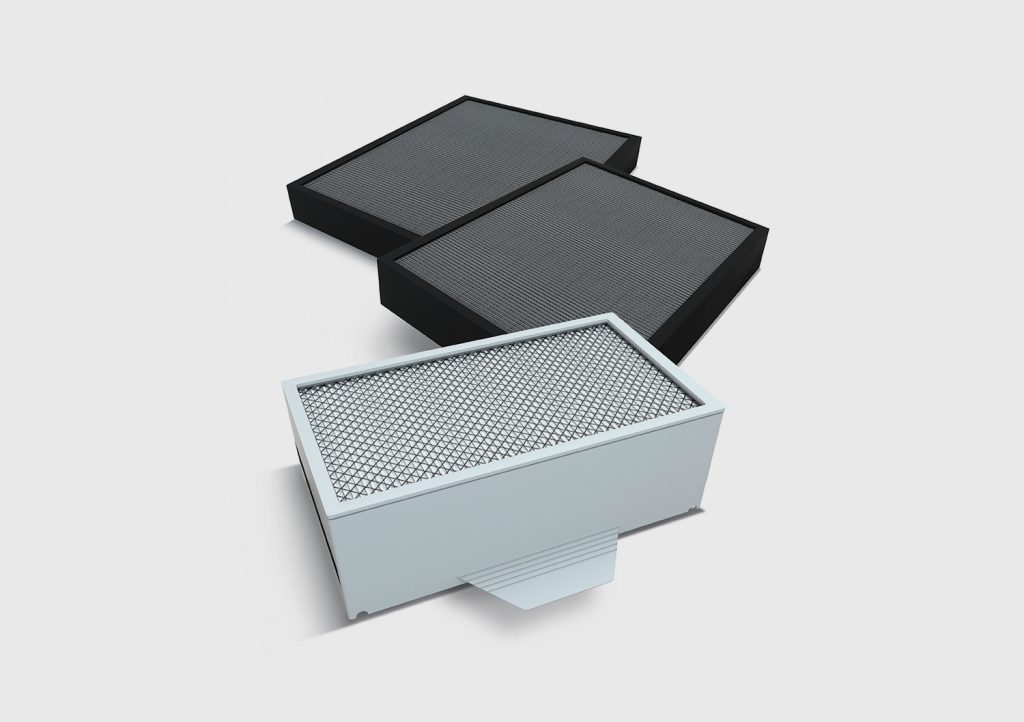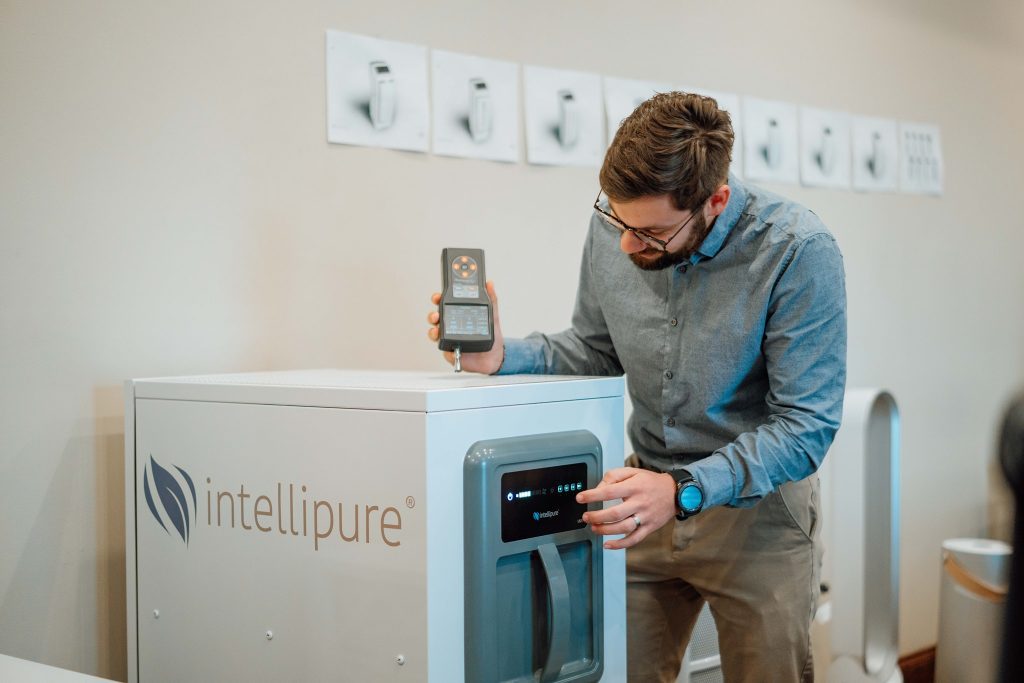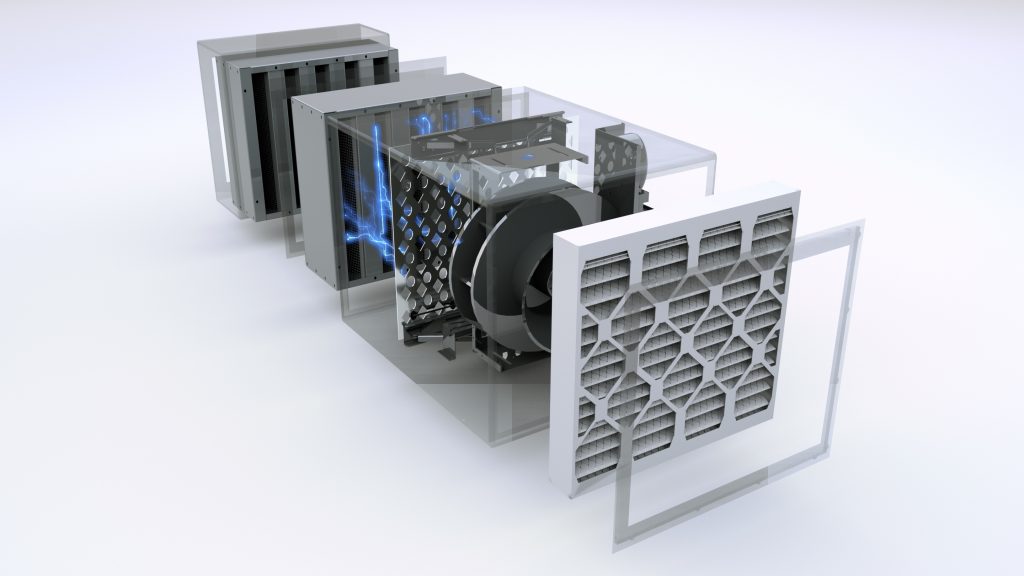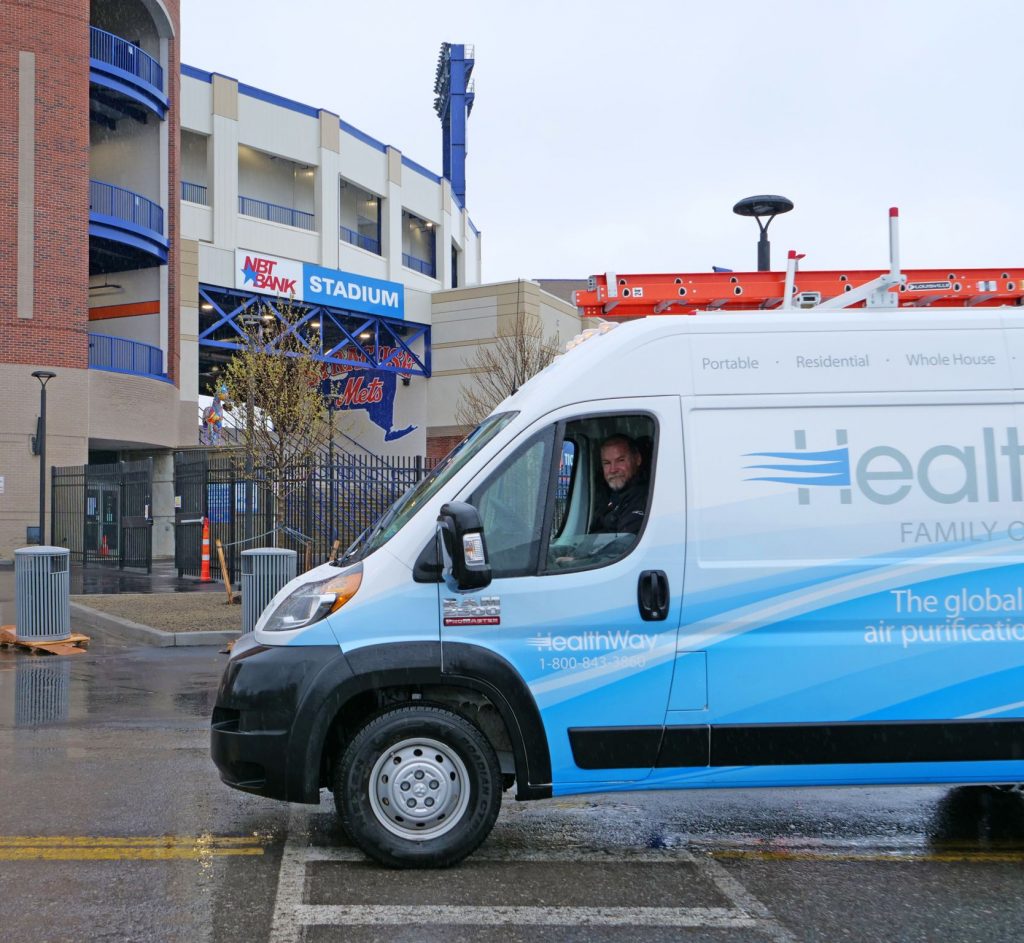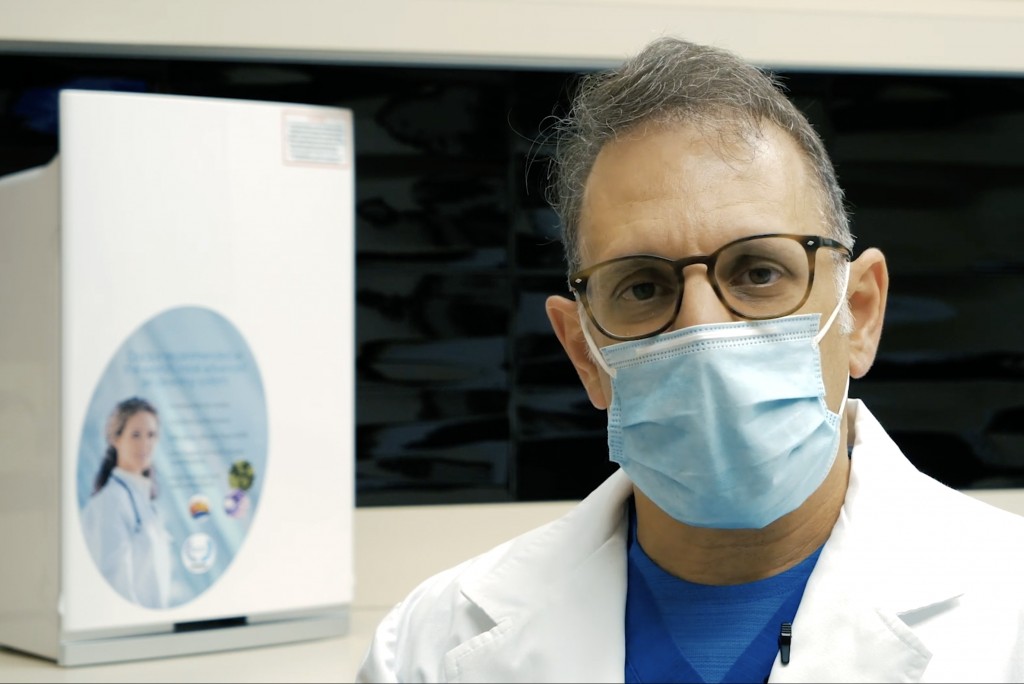Microplastics Found to be Airborne | How to Prepare
The Importance of Air
A human can survive several weeks without food and a couple of days without water, but only a few minutes without air. Our mission is to provide people with the cleanest air possible by decreasing airborne particles, resulting in better health and well-being for all.
There are many air quality challenges, especially with the increase in manufacturing and travel as the pandemic clears up. These age-old issues are ones that we’ve been wrestling with since the inception of Cap and Trade. But, there are recent findings around a new IAQ concern: the dangers of microplastics and their existence within our bodies.
TABLE OF CONTENTS
1. Plastic Surrounding Us
2. What Happens When You Breathe In Microplastics?
3. HealthWay Versus Microplastics
4. How You Can Help
Plastic Surrounding Us
Look around you – how many objects can you count that are made of plastic? Even if you are standing outside, chances are you can still spot plastic material, whether it’s a child’s toy, doggy bags, or a littered water bottle on the side of the road. Since the early 20th century when it was invented, plastic has exploded with popularity, as it can be easily transformed into different shapes and sizes with heat and pressure. As this can be a very useful material, it can also have a devastating impact on humans and other living organisms.
What is this incredible material made out of? Fossil fuels. Plastic went through the transformation from being a strictly natural product, to synthetically and widely produced. Plastics are now mostly man-made and derived from fossil fuels such as oil and natural gas, which is much cheaper to produce rather than plants.
Microplastics
A relatively unfamiliar term until it started trending across the world due to the recent study by scientists that found them in human lungs and bloodstreams. The study was performed by Hull York Medical School in England and has been shared globally with its startling findings. As they went deeper into the smaller airways of the lungs, they were shocked to see the amount, and sizes of the microplastics found. These microplastics could have originated from plastic bottles, clothing, packaging, and other sources of synthetic fiber products.

Plastic is in the water we drink and the air we breathe. These microplastics can be airborne and located in both indoor and outdoor air, drastically impacting the health of anyone who breathes it in. Microplastics can be found in the degradation of carpets within offices, or in situations of laser cutting or high-speed drilling. In this blog post by the CDC, a conversation about nano- and microplastics, mentions the debris from carpets and synthetic fiber products, such as nylon and rayon commonly used as fabrics.
What Happens When You Breathe in Microplastics?
Microplastics are small enough to sneak through your lung’s protective barriers, puncture the lungs and other organs, which can possibly damage cells within the body and trigger inflammation. They release toxic compounds into your bloodstream which constricts blood vessels, resulting in major blood pressure issues that can cause a stroke. Microplastics also have the ability to cause blood clots that can be deadly to the heart and brain.
VIDEO BREAKDOWN
• According to Kyushu University in 2021, 24.4 trillion pieces of microplastics were estimated to be on the world’s upper oceans.
• Paul Anastas, from Yale University, states “They [microplastics] break up, but they don’t break down.”
HealthWay Versus Microplastics
In 2021, an outside lab located in Minnesota conducted a test using our Ultrafine 468 and a version of microplastics to discover the efficacy of our DFS technology. To represent microplastics, latex beads were used for the in-situation test with the Ultrafine 468. According to ThermoFisher Scientific, a latex bead is a spherical polymer particle in the colloidal size range, latex beads are formed from amorphous polymer (usually polystyrene). Due to the material of the beads, they can be decreased in size to fit the needs of the experiment. In this study, the latex beads were sized from 3µ to 0.1µ.
The results of this study were considered a success by the HealthWay® team. Our data shows a 100% removal of airborne microplastics at 2µ. When testing the latex beads sized as small as 0.1µ, an impressive fractional efficiency resulted in a 99.9% removal.

How You Can Help
A modern convenience that we hardly think about is single-use plastic. These are wrappers for candy bars, straws from your soda at lunch, plastic wrap from an online order, and so many more. Single-use plastics make up almost half of the plastic produced annually. You can individually help this situation by doing the following:
Microplastics enter the body through the lungs, and have the ability to damage many cells during necrosis. Necrosis occurs when a toxic cell and damages neighboring cells. Although the human body replaces around 330 billion cells every day, this only makes up about 1% of all the cells in the body.
Has your home or office been renovated, or newly carpeted? Maintain a healthy IAQ level with an air purifier that can remove VOCs and microplastics from the air. Prepare your air for these toxins and debris by containing the renovated area, and opening the windows (if outdoor air is healthy) to naturally ventilate. After the renovation is completed, place your air purifier into the area and put it to the highest speed.
Once plastic enters the environment, it’s almost impossible to get it out – since they break, crumble, and shatter into smaller pieces over time. Stay updated on plastic issues with National Geographic Planet or Plastic? awareness campaign to further educate yourself on what you can do to reduce your own single-use plastics and how you can support your surrounding environment.
About HealthWay Family of Brands
Located in Upstate NY, we’re a team of experts and industry leaders reimagining the world as a better, safer place with innovative air purification solutions. From homes to commercial buildings, we proudly design and engineer scalable, efficient air cleaning solutions for any environment.
Share postRelated Insights
view all
Leading Hospitality Group Partners with HealthWay® to Provide Clean Air in Hotels
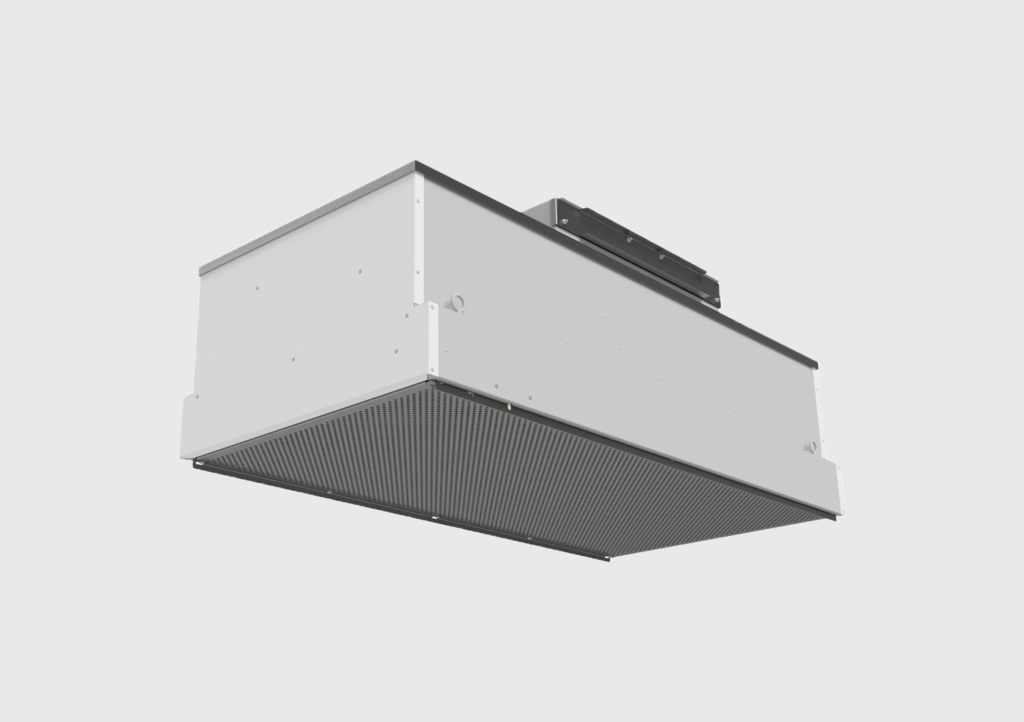
HealthWay® Introduces Energy Efficienct DFS Powered Fan Filter Unit (FFU)






